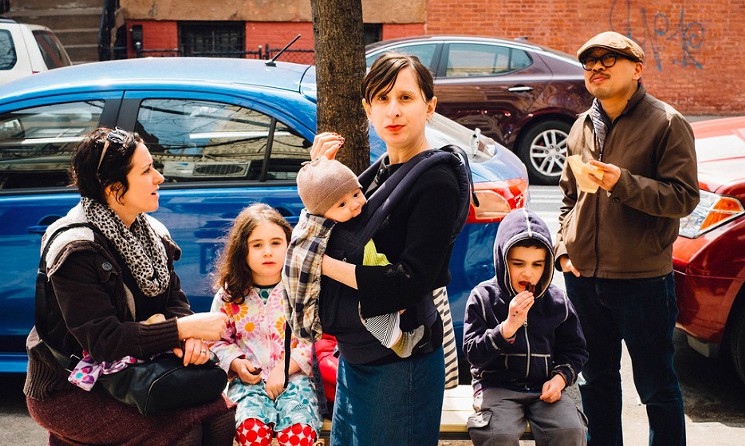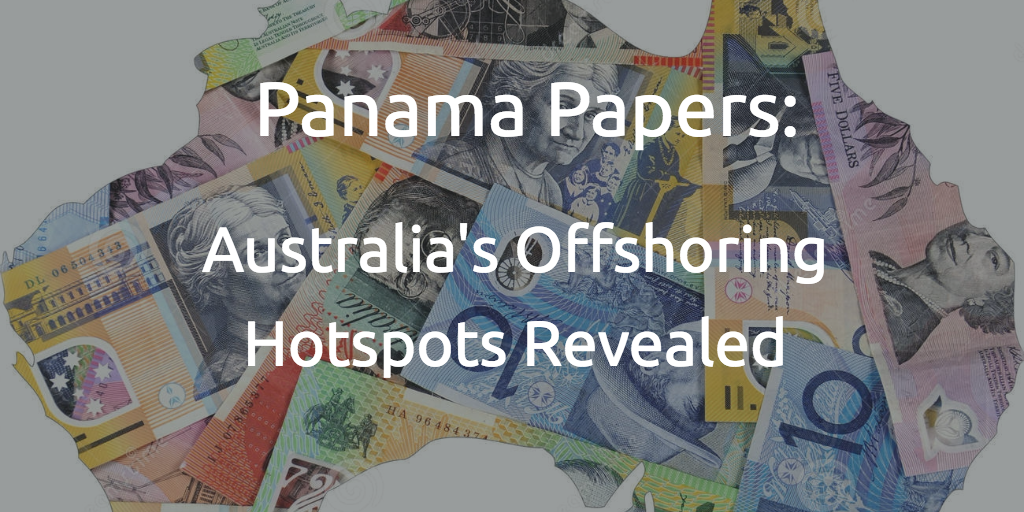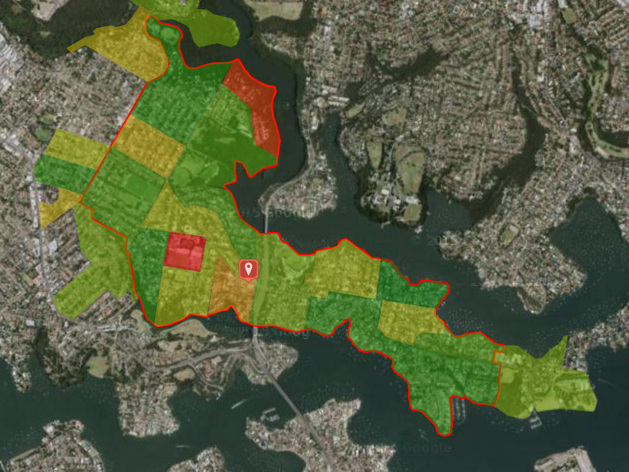The census is a national survey that is conducted by the government to collect detailed information on the population of a country. The census provides a wealth of important data on demographics, education, employment, and housing, which is used by government, businesses, researchers, and community organizations to inform decision-making and better understand the needs and characteristics of the population. This is immensely valuable, as a report by Lateral Economics in 2019 found that for every $1 spent on the census $6 was added to the Australian economy.
But why is the census important? Here are five reasons why the census is a valuable and indispensable tool for understanding the population and informing decision-making.
- The census provides a complete picture of the population. The census is designed to collect data on every member of the population, which means that it provides a comprehensive and detailed picture of the population and its characteristics. This is in contrast to other data sources that may only collect data on a sample of the population, which can introduce sampling errors and bias.
- The census collects detailed information on the population. The census collects a wide range of information on the population, including demographic, social, and economic characteristics. This information is collected using standardized definitions and classifications, which makes it possible to compare data over time and across different population groups.
- The census is conducted using rigorous methodologies and quality checks. The census is conducted using standardized protocols and trained enumerators, which helps to ensure the accuracy and reliability of the data. Additionally, the data is subject to quality checks to identify and correct any errors or inconsistencies. This high quality of the data makes it a valuable resource for informing decision-making.
- The census data is used in many different ways. The data collected in the census is used by government, businesses, researchers, and community organizations for a wide range of purposes. For example, the data can be used to inform decisions on issues such as infrastructure and services, to understand the needs and characteristics of the population and to monitor and evaluate the effectiveness of policies and programs. The data is also used by researchers to study trends and patterns in the population, and by businesses to identify opportunities and make informed decisions.
- The census helps to ensure that the population is represented and accounted for. The census provides a way for every member of the population to be counted and included in the data, which is important for ensuring that the needs and characteristics of the population are understood and taken into account. The census also helps to ensure that the population is represented in decision-making, by providing data on the distribution and characteristics of the population.
In conclusion, the census is a valuable and indispensable tool for understanding the population and informing decision-making. Its complete coverage, detailed information, high quality, and wide range of uses make it a valuable resource for government, businesses, researchers, and community organizations. The census is important for ensuring that the population is represented and accounted for, and for providing the data needed to make informed decisions on issues that affect the population.
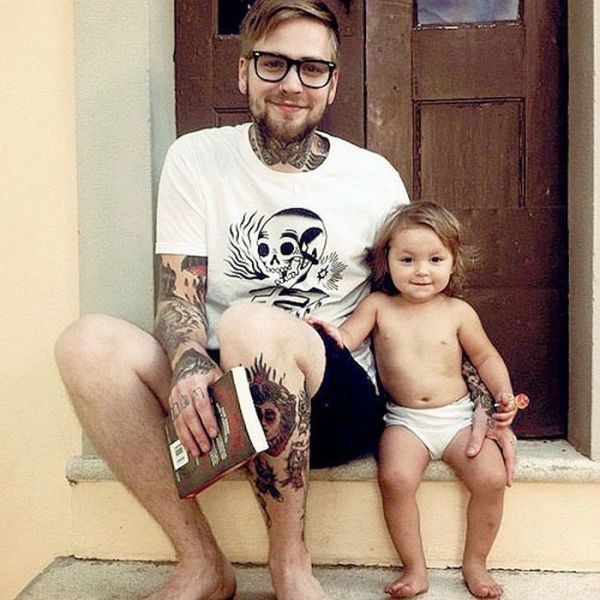

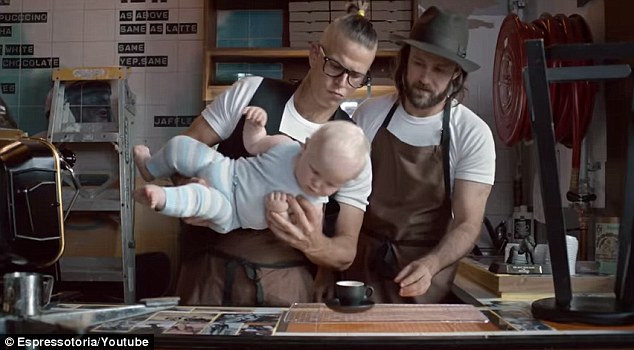
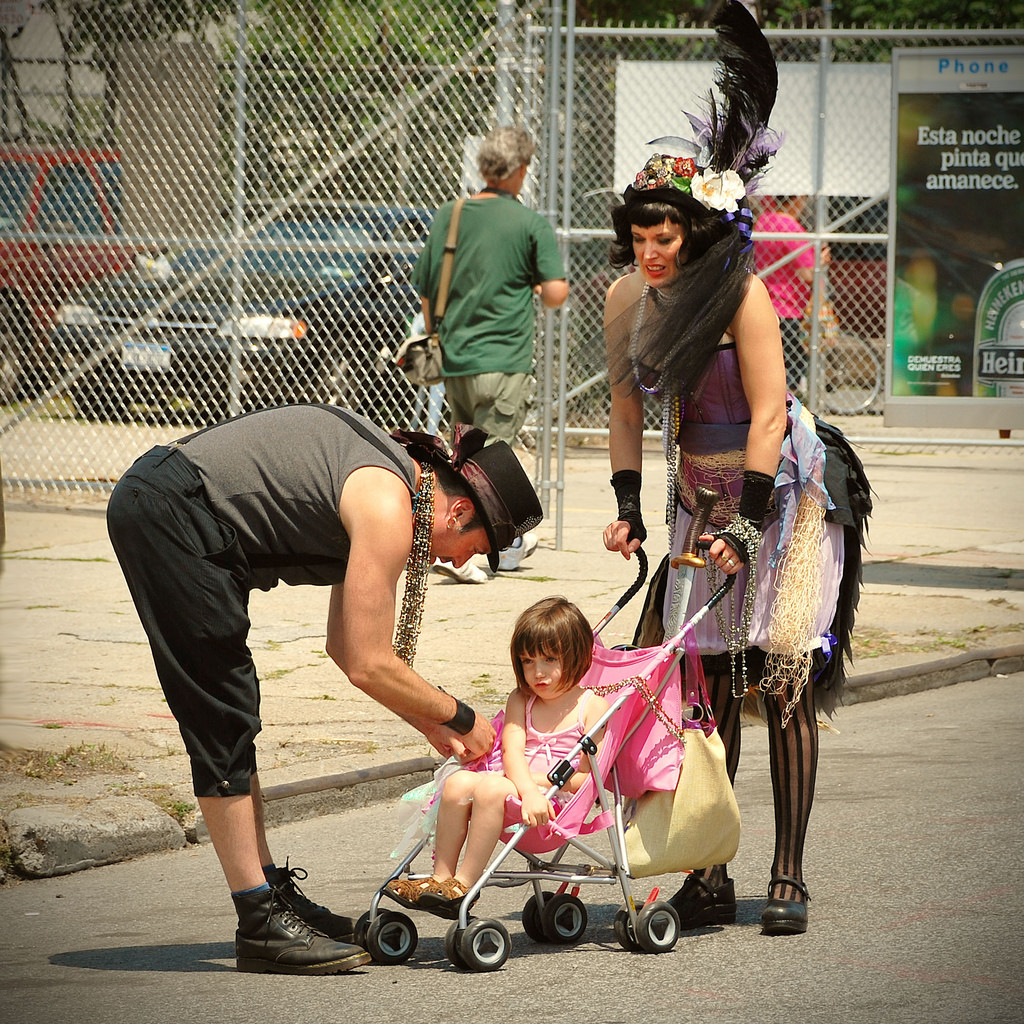
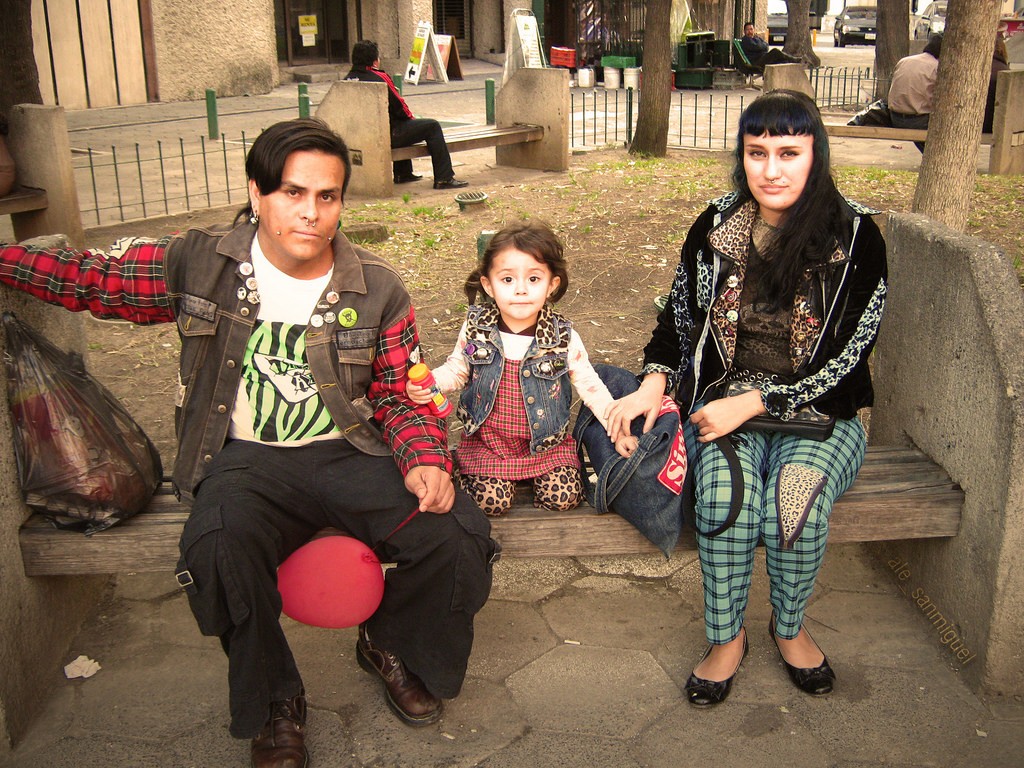 Unlike the Erskineville, Newtown, Camperdown troika, Forest Lodge stands alone at serving both families and hip people with neighbouring Glebe to its east serving hipsters and more spacious Annandale to its west providing for family.
Unlike the Erskineville, Newtown, Camperdown troika, Forest Lodge stands alone at serving both families and hip people with neighbouring Glebe to its east serving hipsters and more spacious Annandale to its west providing for family.